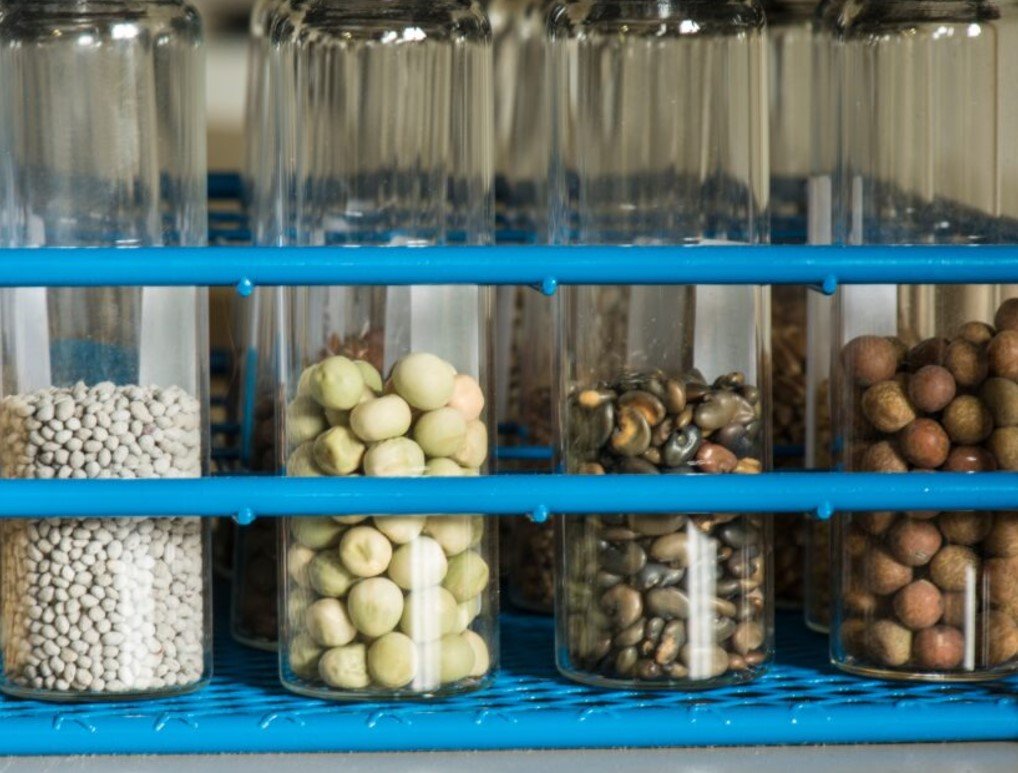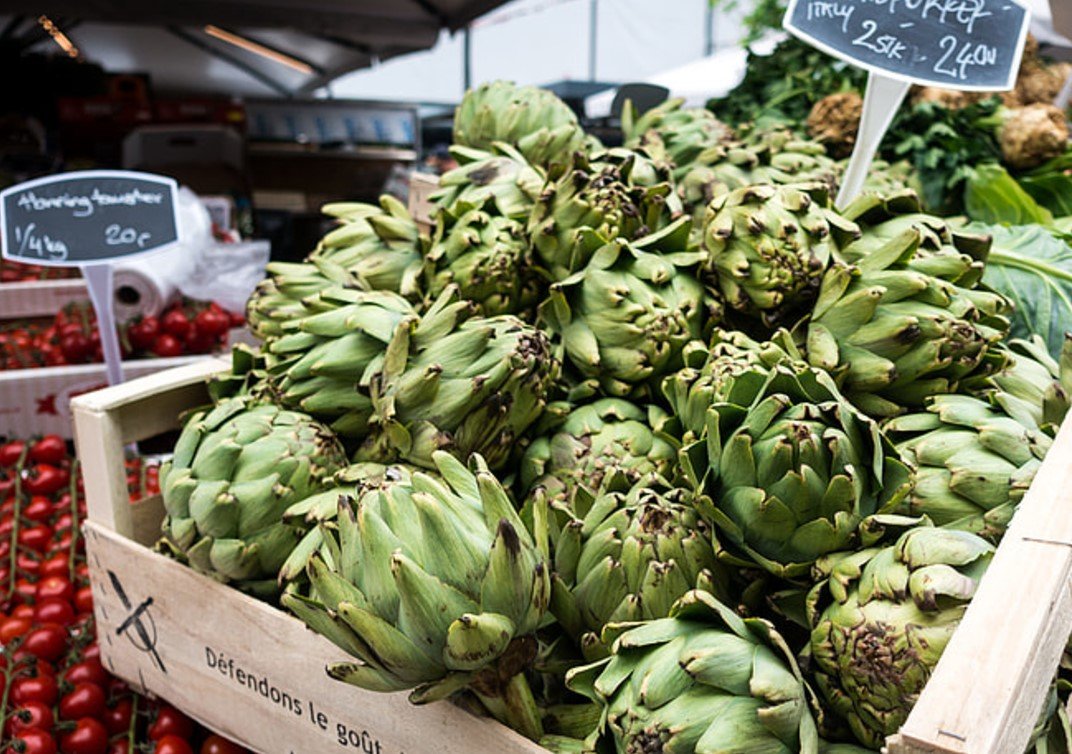In a significant development for South Africa’s economy, food inflation has reached a 55-month low of 3.9% in July 2024. This marks the eighth consecutive month of declining food inflation, providing much-needed relief to consumers. The decrease in food prices is attributed to a combination of factors, including improved weather conditions, stable global inflation, and a stronger rand. This article explores the implications of this trend and the factors contributing to the decline in food inflation.
The decline in food inflation can be attributed to several key factors. Firstly, improved weather conditions have played a crucial role in stabilizing food prices. The La Niña weather pattern has brought favorable conditions for crop production, leading to an increase in supply and a subsequent decrease in prices. This has been particularly beneficial for the fruit and vegetable categories, which have seen significant price reductions.

Another contributing factor is the stability of global inflation. Subdued global inflation has helped to keep import prices in check, reducing the cost of imported food items. Additionally, a stronger rand has made imports cheaper, further contributing to the decline in food prices. This has been particularly evident in the oils and fats categories, which have experienced a prolonged period of negative inflation.
The South African government’s efforts to stabilize the economy have also played a role in reducing food inflation. Policies aimed at improving agricultural productivity and supporting local farmers have helped to increase the supply of food products, thereby reducing prices. Furthermore, the government’s focus on maintaining a stable macroeconomic environment has contributed to the overall decline in inflation.
Impact on Consumers
The decline in food inflation has had a positive impact on consumers, particularly those from low-income households. Lower food prices mean that consumers can afford to buy more with their limited incomes, improving their overall standard of living. This is especially important in a country like South Africa, where a significant portion of the population spends a large percentage of their income on food.
The reduction in food prices has also helped to alleviate some of the financial pressures faced by households. With more disposable income available, consumers can allocate their resources to other essential needs, such as healthcare and education. This has the potential to improve the overall well-being of the population and contribute to economic growth.
Moreover, the decline in food inflation has provided a boost to consumer confidence. When prices are stable or decreasing, consumers are more likely to spend, which can stimulate economic activity. This increased spending can have a positive ripple effect on other sectors of the economy, further supporting growth and development.
Future Outlook
While the current trend of declining food inflation is encouraging, there are potential risks that could impact future price stability. One such risk is the possibility of adverse weather conditions. Although the La Niña weather pattern has been favorable so far, any significant changes could disrupt crop production and lead to price increases. Additionally, global economic uncertainties and fluctuations in the rand could also affect food prices.
To mitigate these risks, it is important for the South African government to continue implementing policies that support agricultural productivity and ensure a stable macroeconomic environment. This includes investing in infrastructure, providing financial support to farmers, and promoting sustainable farming practices. By doing so, the government can help to maintain the current trend of declining food inflation and ensure long-term food security for the population.
In conclusion, the decline in food inflation to a 55-month low of 3.9% in July 2024 is a positive development for South Africa. Improved weather conditions, stable global inflation, and a stronger rand have all contributed to this trend. The impact on consumers has been significant, providing financial relief and boosting confidence. However, it is important to remain vigilant and address potential risks to ensure continued price stability in the future.
















